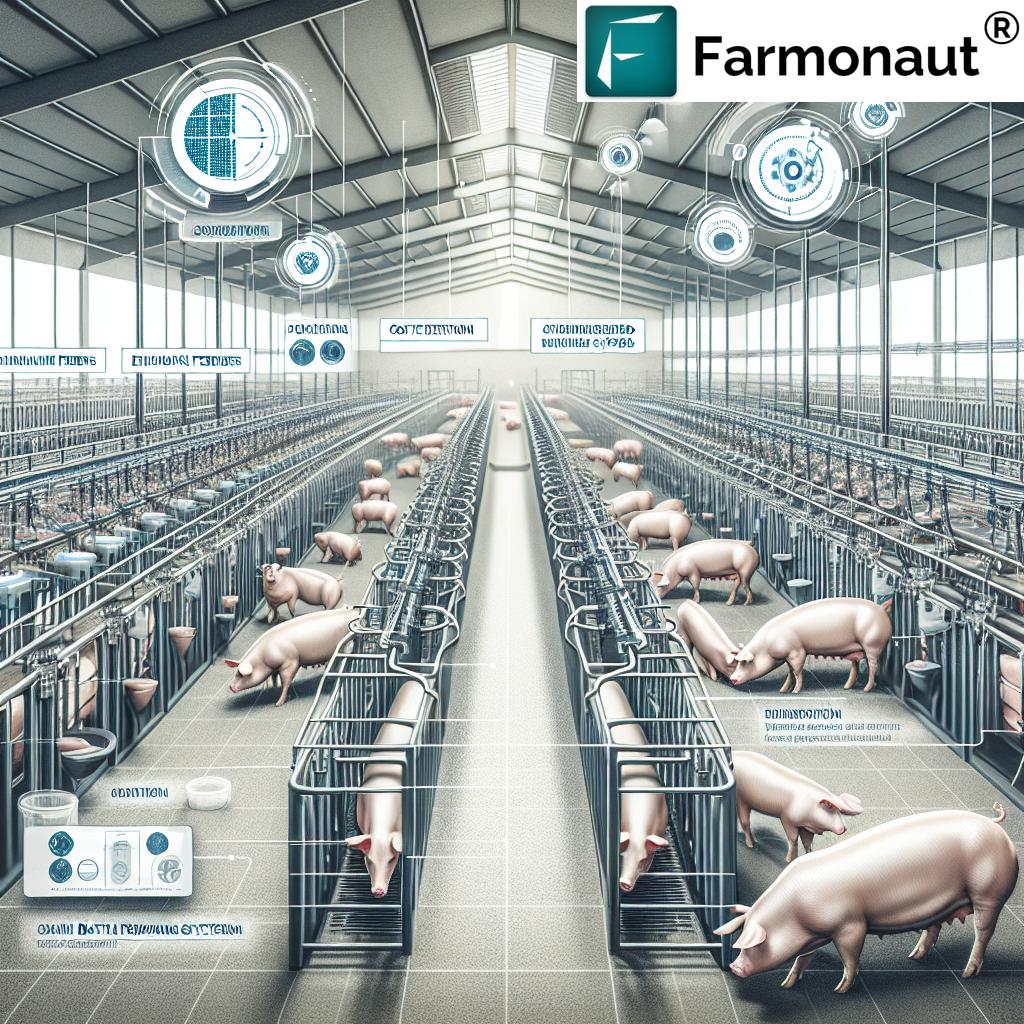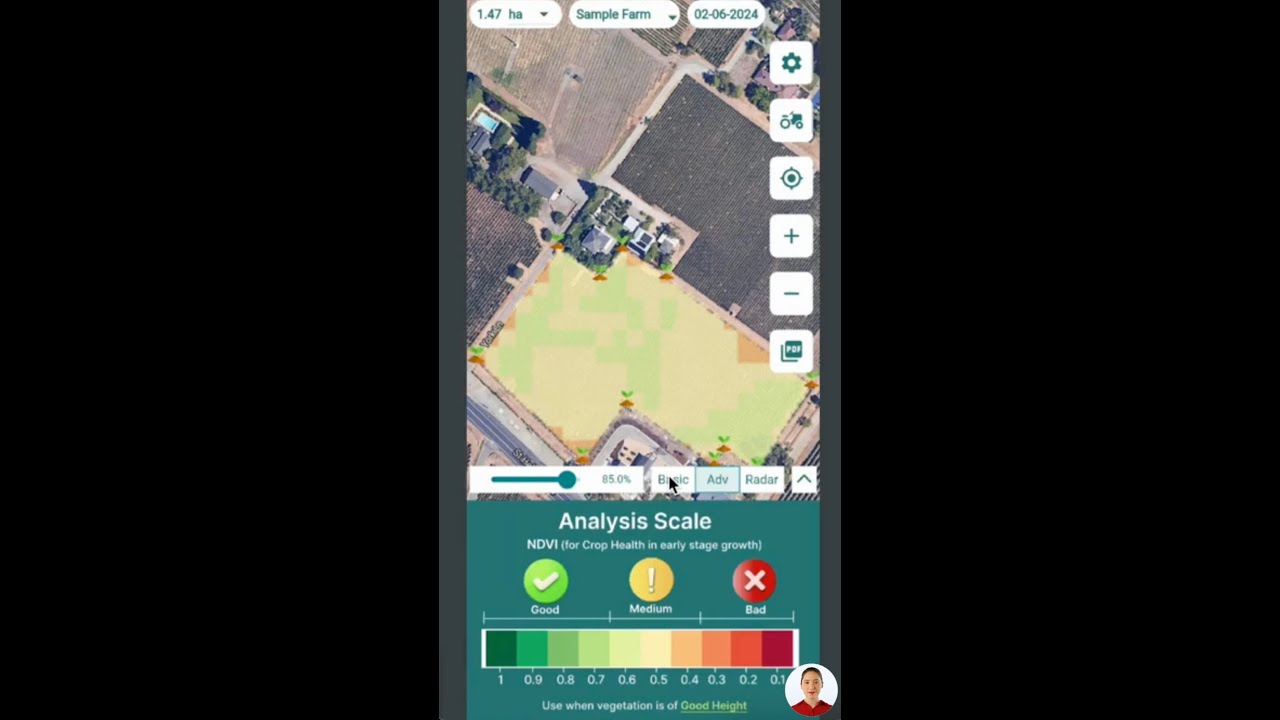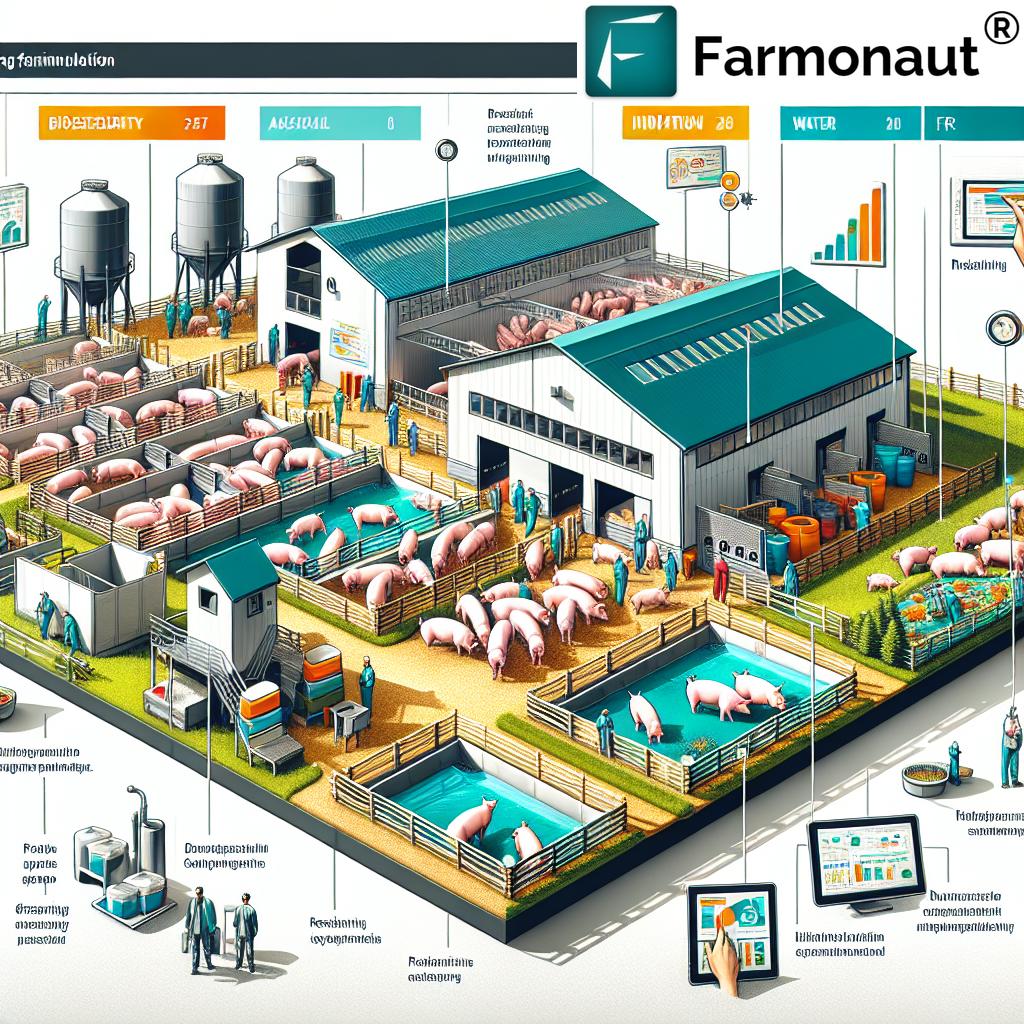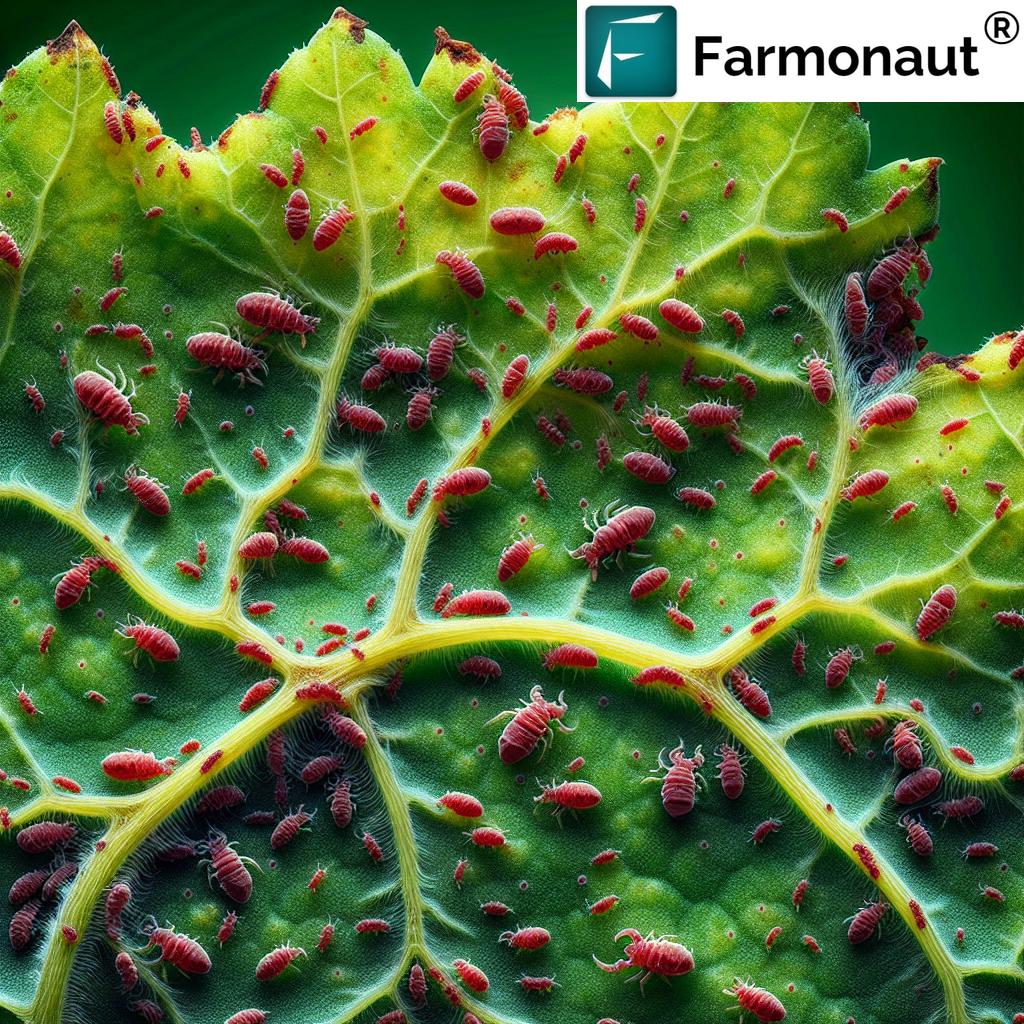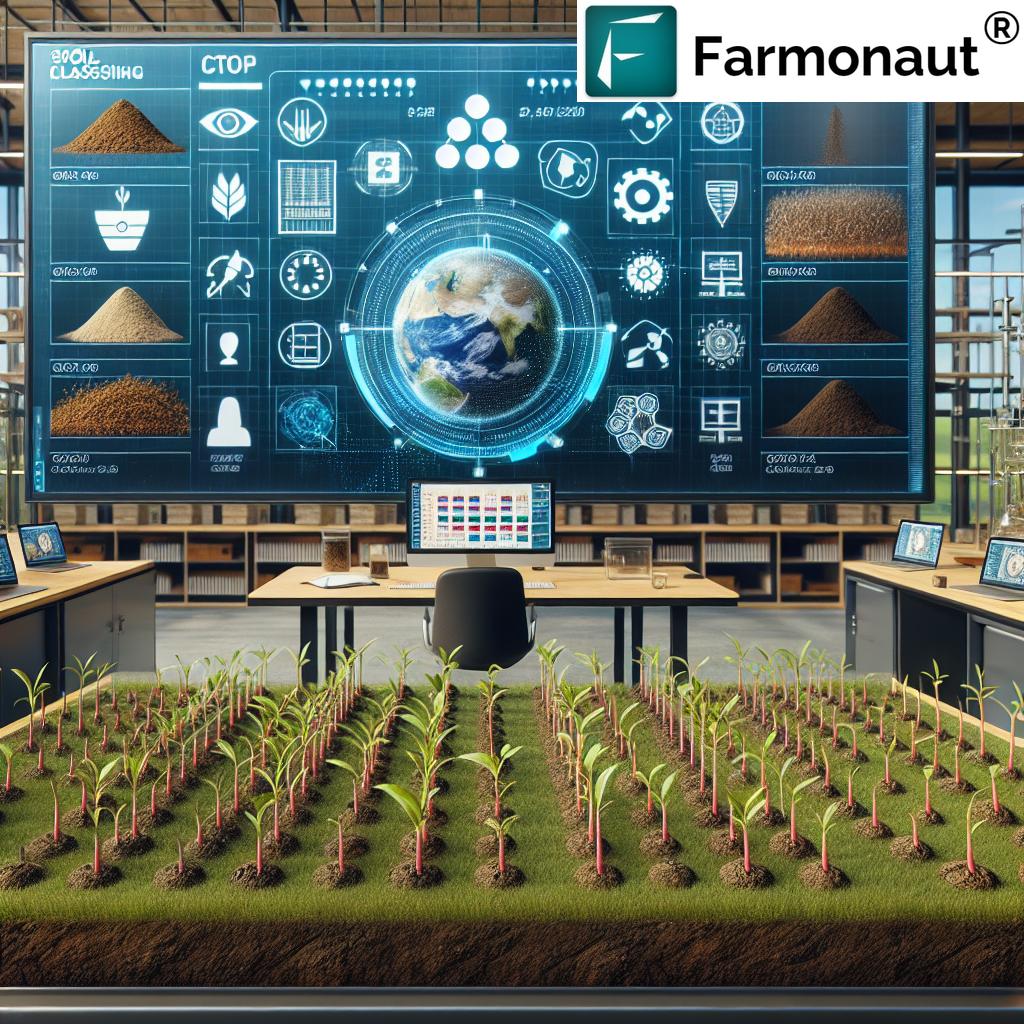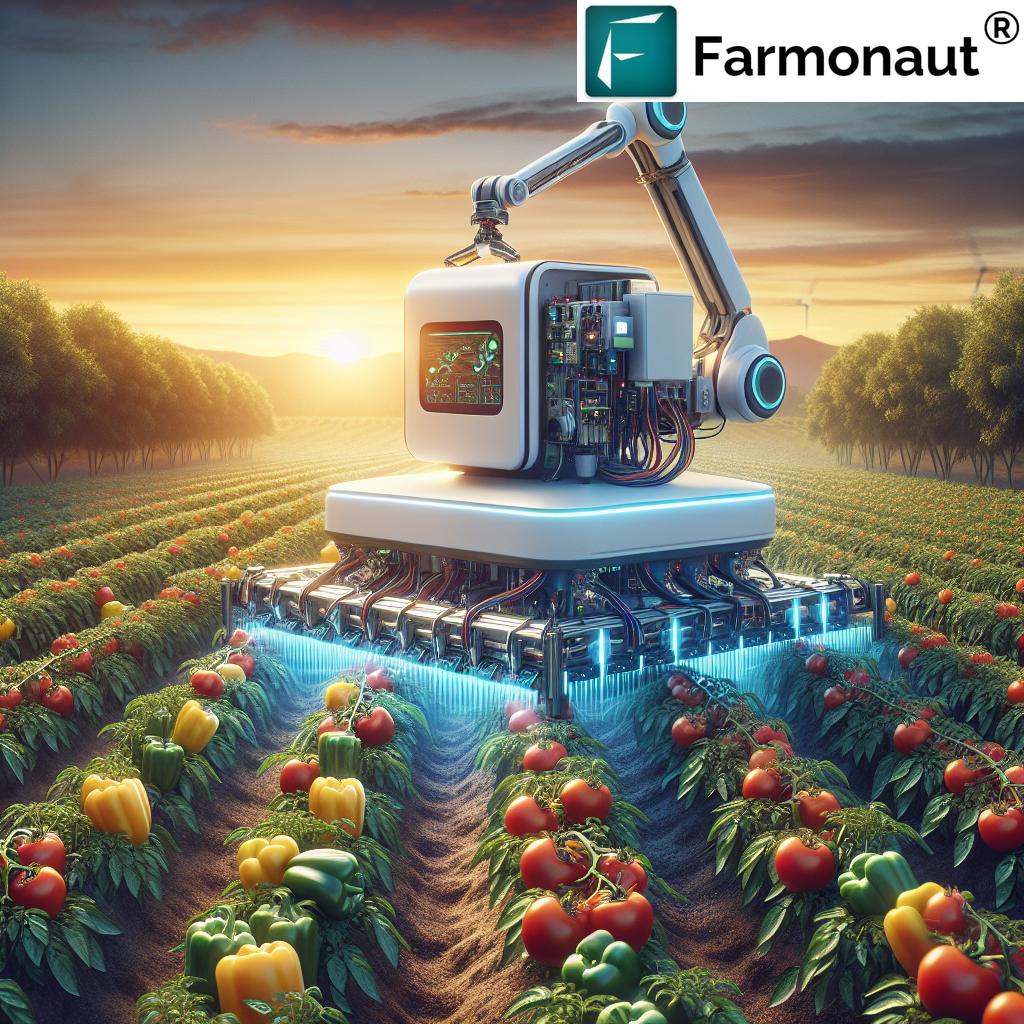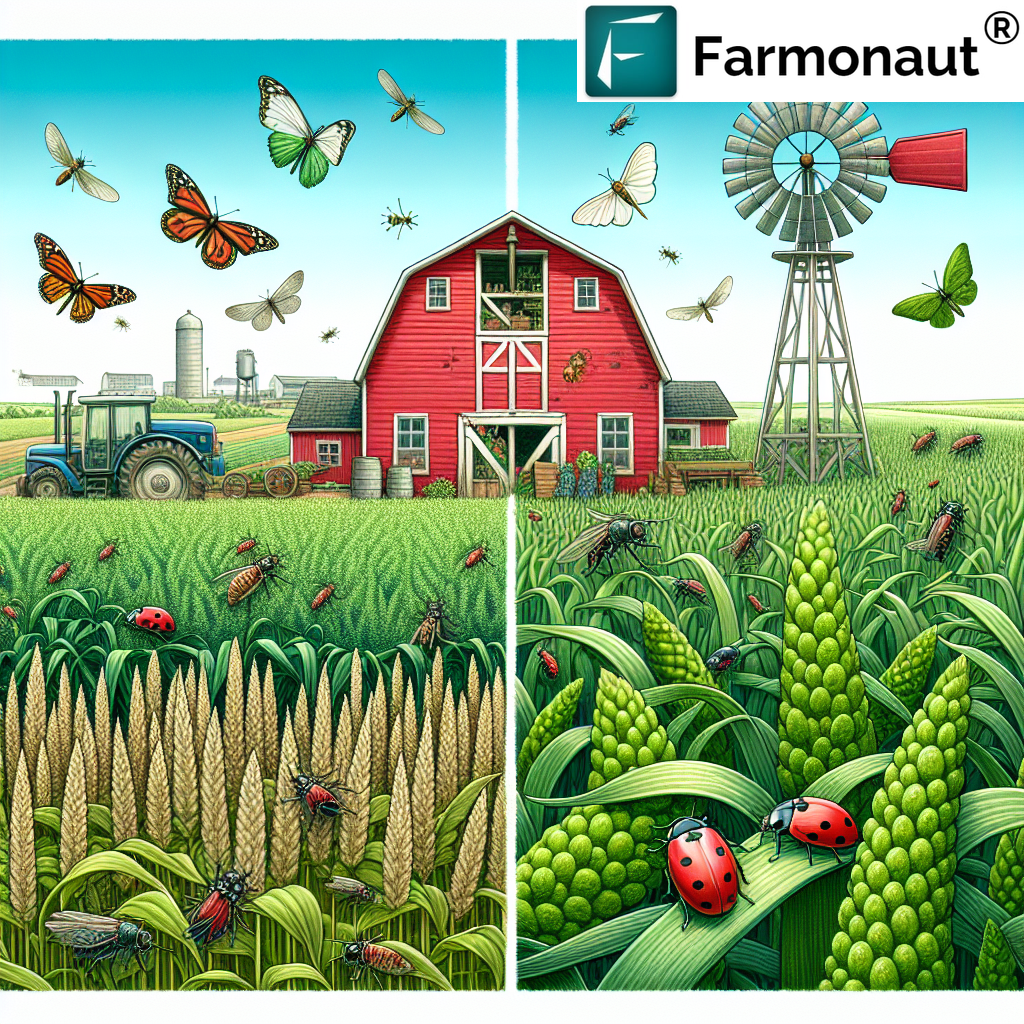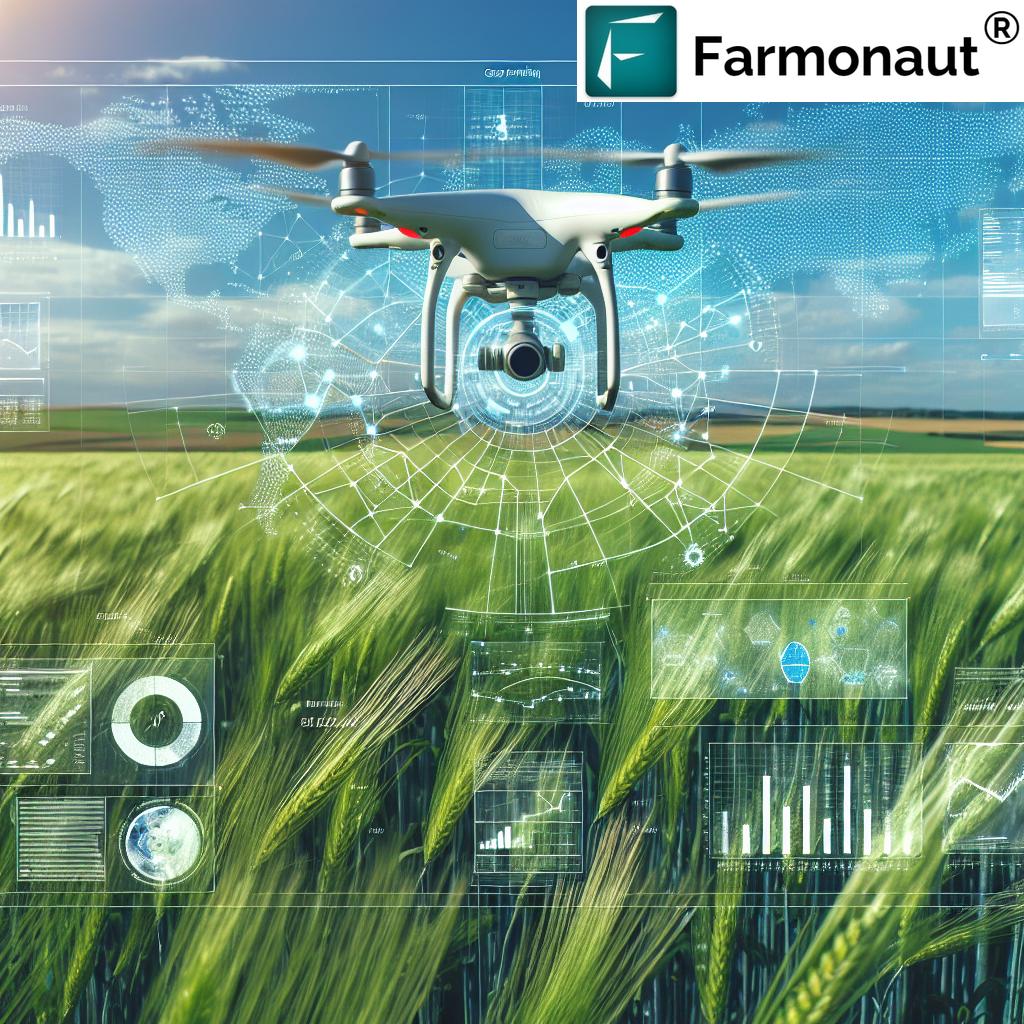Sow Farm Efficiencies: 10 Ways to Boost Productivity
“Precision nutrition management can increase sow productivity by up to 15% through data-driven feed adjustments.”
Summary: Why Sow Farm Efficiency Matters
Sow farm efficiency stands as a cornerstone of modern pig farming, directly impacting productivity, profitability, and long-term sustainability. Striving for enhanced efficiency involves the synergistic optimization of multiple aspects—including nutrition management, efficient sow housing, breeding strategies, data-driven operation, and sustainable farming practices. By implementing the right protocols and technologies, farmers can maximize each sow’s reproductive cycle, minimize operational waste and cost, and ensure both animal health and environmental stewardship.
The focus of this comprehensive guide is to detail 10 proven ways to enhance productivity and efficiency in sow farms. Each method builds on cutting-edge research, practical management insights, and the evolving potential of agricultural technology.
1. Nutrition Management: The Foundation of Sow Farm Efficiency
Efficient sow nutrition management is fundamental to ensuring optimal productivity and health throughout a sow’s reproductive cycle. A precise, data-driven feeding program allows each sow to receive nutrients based on her stage of production, body condition score, and physiological needs.
- Stage-Specific Feeding: Tailor feeding programs to meet the varying nutrient requirements during gestation, lactation, and the dry period, maximizing reproductive success and sow longevity.
- Body Condition Monitoring: Routinely assess body condition scores to avoid both under- and over-conditioning, which directly impacts longevity and reproductive performance.
- Analysis & Adjustments: Employ regular data recording and monitoring to track feed intake, identify patterns, and make precise adjustments to align feeding strategies with changing needs.
- Waste Minimization: Use appropriate feeder design and feeding techniques to minimize feed waste, reduce costs, and improve feed efficiency metrics.
According to industry research, precision nutrition management in sow farms can not only improve reproductive performance but also increase sow productivity by up to 15% (source). Such data underscores the importance of efficient feeding management programs as a non-negotiable best practice.
2. Housing and Environment Optimization: Efficient Sow Housing
The physical environment of sows can dramatically affect both health and productivity. Modern efficient sow housing strategies, such as the batch farrowing system, offer several advantages:
- Batch Farrowing System: This system involves having groups of sows farrow simultaneously, facilitating synchronized pig flow and enabling streamlined management. Improved biosecurity is achieved, which reduces the risks of disease transmission.
- Optimizing Pen Sizes & Layouts: Redesign pen infrastructure to accommodate group housing, ensuring that welfare standards are met while optimizing the use of space and resources.
- Environmental Control: Investing in robust ventilation, temperature, and humidity management systems maintains optimal physical conditions for sows, directly influencing feed efficiency and reproductive performance.
- Transition Management: When shifting to the batch farrowing system, it’s crucial to adjust farm layout—such as pen sizes and farrowing group design—to changeover to group management with minimal disruption.
Research underscores batch farrowing’s positive impacts on disease management, resource optimization, and labor efficiency (source). Implementing such systems is a critical step in raising sow farm efficiency.
“Automated monitoring systems reduce labor costs in sow farms by approximately 20%, enhancing overall operational efficiency.”
3. Breeding and Genetics Optimization: Genetic Selection in Sow Farming
Consistent breeding strategies and advanced genetic selection in sow farming are cornerstones for long-term, sustainable increases in productivity. By leveraging scientific selection techniques and careful management, farms can maximize herd performance:
- Genetic Selection Techniques: Use breeding data and genetic analysis to select sows with the best reproductive potential. This involves balancing traits such as prolificacy, maternal behavior, robustness, and disease resistance.
- Reproductive Performance Tracking: Regularly evaluate individual and group reproductive metrics (litter size, weaning weights, parity intervals) to inform future breeding adjustments.
- Management of Prolificacy: Both high and low prolific sows have unique contributions. Effective management capitalizes on their respective strengths, ensuring every animal’s genetic potential is fully realized.
Farms that prioritize genetic selection and data-based breeding strategies consistently achieve improved sow productivity and overall performance (source).
4. Technological Integration: Unlocking Efficiency with Modern Tools
Technological integration is a central driver for operational gains and enhancing sow farm efficiency. Industry-leading tools and software are transforming how farms manage key components, from individualized feeding to precision monitoring:
-
Electronic Sow Feeders (ESFs): ESFs allow for precision individualized feeding based on real-time data. Each sow obtains exactly what’s needed to fulfill her nutritional requirements, reducing waste and costs.
- Secure regular maintenance, staff training, and calibration for these systems (source).
- Automated Monitoring Systems: Implementing real-time monitoring—whether for temperature, water usage, or animal movement—enables prompt interventions, resource optimizing, and streamlined operations.
- Farm Management Platforms: Digital tools for scheduling, staff management, and operations tracking lead to more efficient, well-documented processes.
Technologies such as remote sensors, AI predictive analytics, and integrated apps support both big-picture management and detailed daily decisions, yielding measurable productivity gains and cost savings.
How Farmonaut’s Technology Powers Modern Farming
At Farmonaut, we specialize in bringing advanced, satellite-based monitoring and AI-driven advisory systems to farms worldwide. Our award-winning platform delivers:
- Real-time crop health monitoring using multispectral satellite images (NDVI, soil moisture, etc.) to optimize resource allocation and reduce input waste.
- Jeevn AI advisory system, which provides personalized farm advice for weather, irrigation, and management strategies, helping farmers enhance operational efficiency and productivity.
- Blockchain-based traceability for product transparency and fraud prevention in agricultural supply chains.
Learn about Farmonaut’s traceability tools for your farming produce. -
Fleet and resource management tools for large agribusinesses and contract farming, integrating logistics optimization with sow farming operations.
Discover Fleet & Resource Management Solutions - Carbon footprint tracking tools for compliance and sustainable pig farming practices.
Our flexible API services (Farmonaut Satellite & Weather API | Developer Docs) allow integration with third-party applications for end-to-end agricultural management.
5. Boosting Energy Efficiency in Sow Farms: Reduce Costs, Add Value
Energy-efficient technologies and smart management of resources, especially in temperature regulation, deliver significant savings while reducing operational costs and environmental impact.
- Heat Mats versus Heat Lamps: Switching from traditional heat lamps to heat mats during farrowing can provide substantial savings. Studies indicate about $0.40 saved per weaned pig using heat mats, alongside improved durability and easy maintenance (source).
- Lighting and Ventilation Controls: Utilize automated controls and LED lighting for improved energy efficiency throughout housing facilities.
- Monitoring Consumption: Regularly measure electricity and fuel use in all farm operations to uncover opportunities for reduction.
Energy-saving measures can often be simultaneously sustainable practices, directly contributing to lower carbon footprints and cost-effective farming operations.
6. Water Usage and Conservation Techniques: Efficient Water Management in Pig Farms
Water management in pig farms is a vital part of operational efficiency and environmental stewardship. Proactive monitoring and conservation can deliver both economic and ecological gains:
- Tracking Usage: Measure weekly water consumption per sow and identify patterns or spikes that may indicate leaks, waste, or overuse.
- Conservation Practices: Upgrade to efficient water delivery systems, fix leaks quickly, and schedule usage to minimize unnecessary draw.
- Environmental Benefits: Sustainable water practices contribute to farm sustainability by reducing overall demand and protecting local water resources (source).
Efficient sow farm water management not only lowers bills but also aligns with increasingly strict regulatory requirements in modern livestock management.
7. Waste Reduction in Farming Operations: Toward Zero Waste
Waste reduction in farming operations is both an operational imperative and a sustainability driver:
- Switch to Infrared Heat Mats: Replacing disposable heat lamp bulbs with durable mats and infrared lamps dramatically reduces maintenance labor, replacement costs, and landfill-bound waste.
- Optimize Material Use: Limit single-use plastics, packaging, and disposables in every facet of the sow production cycle.
- Recycle and Reuse: Establish protocols for recycling and reusing materials, from feed sacks to bedding, wherever possible.
Effective strategies for waste management contribute to sow farm efficiency by minimizing expenses and supporting a cleaner, sustainable environment.
8. Staff Training for Farm Efficiency: Building a Knowledge-Driven Workforce
Staff training for farm efficiency is essential when introducing new methods, technology, or management protocols. A skilled, informed staff:
- Ensures Consistency: Certified and regularly trained teams deliver more consistent and effective outcomes, minimizing error rates and boosting productivity.
- Improves Adoption: As advanced systems like ESFs and automated monitoring get implemented, staff training is critical for quick, comprehensive adoption.
- Supports Continuous Improvement: Ongoing education fosters innovation, encourages adaptability to new technologies, and upholds operational efficiency.
- Communicates Clearly: Open communication streams are vital, especially when introducing efficiency-focused changes to established farming practices (source).
Combined with digital operation tools, a culture of learning leads to long-term operational improvement in sow farms.
9. Data-Driven Decision Making: Enhancing Farm Operations
Data-driven decision making underpins optimized management in modern sow farming:
- Comprehensive Data Collection: Measure and record feed usage, reproductive outcomes, growth rates, water consumption, and waste volumes.
- Analysis for Action: Analyze historical and real-time farm data to identify trends, predict outcomes, and tailor specific interventions that enhance productivity.
- Targeted Interventions: Use analytics to target high-impact changes, whether in feeding, housing, breeding, or resource optimization (source).
Data-driven farming operations catalyze a continuous improvement cycle that delivers sustained efficiency gains.
For those managing large, multi-location operations, Farmonaut’s Large Scale Farm Management module is especially valuable, providing dashboards and analytics for efficient oversight and planning.
10. Sustainable Pig Farming Practices: The Future of Productivity
Sustainable pig farming practices are essential to ensure long-term productivity and market viability:
- Soil and Crop Management: Employ crop rotation, agroforestry, and organic methods to improve soil health and reduce dependence on synthetic inputs.
- Environmental Monitoring: Use tools such as carbon footprinting to quantify and actively reduce farm emissions.
- Biodiversity Measures: Support practices that encourage biodiversity on and around sow farms for a healthier, more robust ecosystem.
- Traceability: Adopting traceability tools in the supply chain can add a sustainability guarantee for both producers and consumers (source).
By keeping sustainability at the heart of your strategy, sow farm efficiency and operational resilience are naturally enhanced.
Comparison Table: Productivity Strategies & Estimated Benefits
| Strategy Name | Technology Involved | Est. Productivity Gain (%) | Implementation Complexity | Sustainability Impact |
|---|---|---|---|---|
| Nutrition Management | Precision feeding systems, data analytics | 8–15% | Medium | Medium |
| Batch Farrowing/Housing Optimization | Batch scheduling, environment sensors | 5–12% | Medium | High |
| Breeding & Genetic Selection | Genetic software, breeding management | 10–20% | High | Medium |
| Technological Integration (ESFs, Automation) | ESFs, automation & monitoring tools | 7–15% | High | Medium |
| Energy Efficiency | Heat mats, LED lighting, control systems | 4–8% | Low | High |
| Water Usage & Management | Water meters, sensors | 3–7% | Low | High |
| Waste Reduction | Infrared lamps, recycling protocols | 2–5% | Low | High |
| Staff Training & Management | E-learning, on-site training modules | 4–7% | Medium | Medium |
| Data-Driven Decision Making | Farm management software, analytics | 6–12% | Medium | Medium |
| Sustainable Farming Practices | Carbon tracking, traceability systems | 5–10% | Medium | High |
Advanced Efficiency with Farmonaut Technology
At Farmonaut, our mission is to democratize precision farming and operational excellence for pig farmers, agribusinesses, and institutions globally. We empower sow farm efficiency through affordable technology and data-driven management:
- Satellite Crop & Health Monitoring: Real-time health, soil moisture, and vegetation insights, supporting effective resource allocation for pig and crop-diversified farms.
- Jeevn AI Advisory: Personalized sow farm operation guidance integrating local weather, disease risk alerts, and process-improvement suggestions.
- Traceability & Transparency: Trace every input and output with blockchain-based traceability systems—vital for premium pork production and responsible supply chains.
-
Carbon Footprinting & Sustainability: Monitor and minimize your carbon footprint for compliance and eco-conscious branding.
Explore our Carbon Footprinting Platform. - Resource & Fleet Management: Coordinate machinery and vehicle use with Farmonaut’s Fleet Management to further reduce costs and environmental footprint.
For government and large-scale farm management, access our Admin Suite and APIs for holistic monitoring and control.
All our innovations, including crop loan verification and insurance facilitation tools (More on Crop Loan & Insurance Support), are accessible via our Android, iOS, and web platforms.
Ready to supercharge your sow farm efficiency?
Frequently Asked Questions (FAQ) – Sow Farm Efficiency & Farmonaut
What is sow farm efficiency and why is it important?
Sow farm efficiency refers to the optimal management of resources, animals, and procedures to maximize productivity while minimizing cost, waste, and environmental impact. High efficiency boosts profitability, supports animal welfare, and ensures long-term sustainability.
What is a batch farrowing system and how does it help?
A batch farrowing system involves managing groups of sows to farrow (give birth) at the same time, creating synchronized pig flow and simplifying biosecurity, labor, and resource management, leading to increased operational efficiency and reduced disease transmission.
How does nutrition management impact sow productivity?
Effective sow nutrition management ensures that each sow receives the right nutrients at the right stage of her reproductive cycle. This maximizes longevity, reproductive performance, and reduces feed waste, directly contributing to increased productivity.
What technologies make the biggest difference in sow farm efficiency?
Key technologies include electronic sow feeders, automated monitoring, data analytics, and AI-based farm advisory systems. These tools help individualize feeding, automate regular tasks, and enable data-driven interventions for better farm performance.
How can I track and reduce my sow farm’s carbon footprint?
You can use specialized platforms like Farmonaut’s Carbon Footprinting to monitor and minimize emissions, comply with regulations, and enhance your farm’s sustainability profile.
Does Farmonaut offer solutions for large-scale and government pig farming operations?
Yes. Farmonaut’s advanced large-scale farm management tools and APIs provide scalable, data-driven oversight and analytics for complex, multi-location operations.
Conclusion: A New Era of Sow Farm Efficiency
Sow farm efficiency has never been more critical—or more achievable—thanks to the convergence of cutting-edge technology, precise management, and a commitment to sustainability. By focusing on nutrition management, efficient sow housing, technological integration, breeding, energy and water savings, waste reduction, data-driven practices, staff training, and sustainability, modern pig farming can achieve new levels of productivity, profitability, and environmental stewardship.
Farmonaut is dedicated to enabling this transformation through accessible, scalable, and powerful agri-technology solutions that support every facet of the farm–from sow management to supply chain transparency.
Ready to transform your farm? Explore our apps on Android, iOS, or the web platform to experience next-generation productivity and sustainability.
Together, we can make farming more efficient, more profitable, and more resilient for the future.


